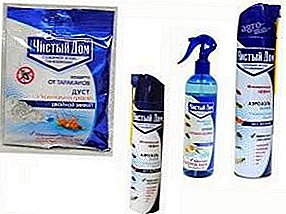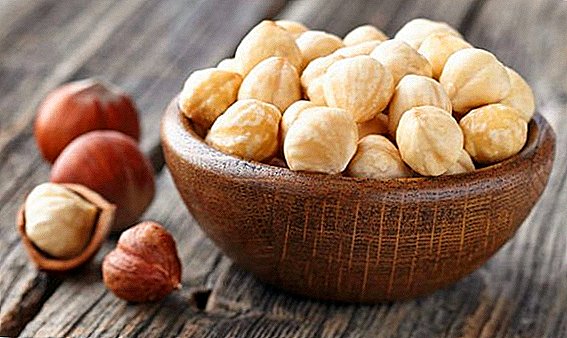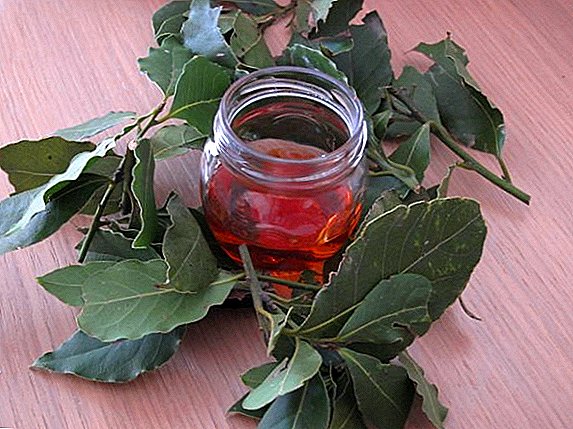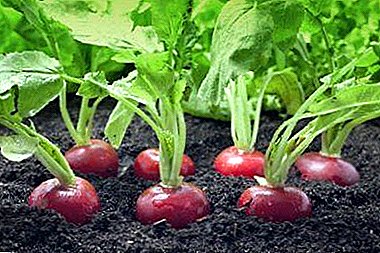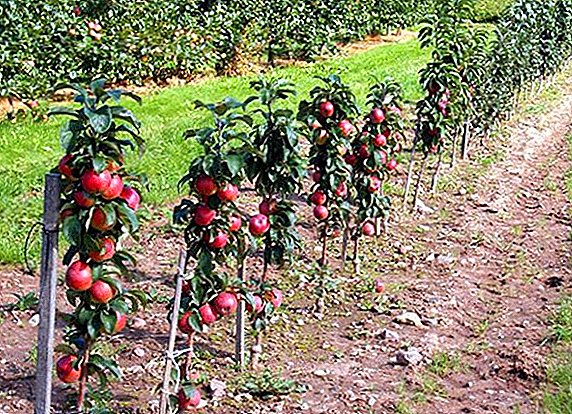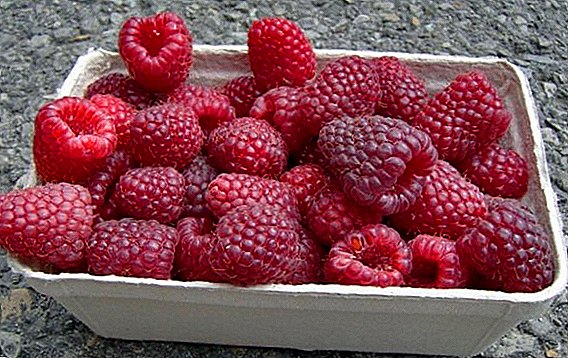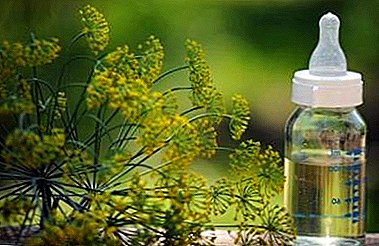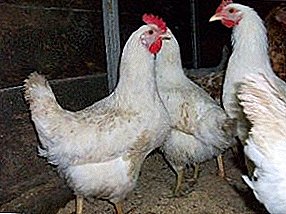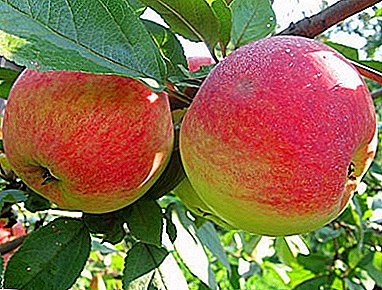
Ripening apples of Medunitsa ripening to the beginning of autumn like to be consumed fresh and processed.
Low-acidity sweet fruits with a spicy-honey aroma are used to make desserts, various drinks, jams and preserves, stuffed and baked.
Breeding history
Gardeners first met Medunitsa in the middle of the last century.
Sweet honey fruits are the result of crossing two varieties: Cinnamon Stripe and Welsey. S.I. Isaev, a well-known domestic breeder, a professor at Moscow State University, singled out Medunitsu from numerous varieties created under his supervision.
The choice of the name of the author is associated with the unique taste of the resulting fruit and the memory of the fragrant spring flower of the Lungwort.
What kind is it?
Popular enough summer variety at the end of August presents a bountiful harvest. Thanks to the ability of the tree to self-pollinate, it bears fruit even under adverse conditions.
 This summer variety is very common in the territory of neighboring states: Belarus and Ukraine.
This summer variety is very common in the territory of neighboring states: Belarus and Ukraine.
Apple tree nice acclimatized to the conditions of severe frosty winters. This allows you to grow it on the territory of many Russian regions: in the south of the country and in the middle lane, up to Siberia. Rare in the northern regions.
Fresh, just taken from the branches have excellent taste qualities. Short-term storage does not change, and sometimes even improves the taste of the fruit.
The presentation of apples remains for two months in a cool room (for example, in the basement). The refrigerator helps to increase the shelf life for another month.
Description varieties Medunitsa
The apple tree is a tall tree with a sparse broad-pyramidal crown and branches diverging at an acute angle from the trunk.
Different sizes of leaves are rough to the touch, they are formed on light - brown shoots. On the plate bent in the center of the sheet there is a small, as if displaced pattern.
Close ground water is not very scary to the tree: an extensive root system helps the plant to cope with excess moisture.
Medium sized fruits with juicy pulp of lemon-yellow color are covered with a dense thin skin and weigh 100 - 150 grams. The typical color of the fruit is green-yellow, quite often it is decorated with a strong blush with the addition of red-brown stripes.
The usual form is rounded-conical, flat-rounded fruits are less common. Apples ripen unevenly due to different shading and do not crumble from the tree.
The time of fruiting comes about 5 years after planting the seedling. The average yield is about 180 kg per tree. For a decade, a high yield of apples can be harvested annually, then there is a periodic change of high or low-yielding years.
A photo
You can visually familiarize yourself with the “Medunitsa” apple variety in the photo below:

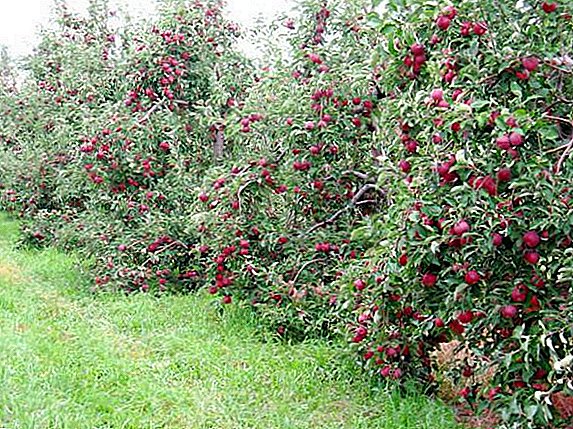

Planting and care
The apple tree of the Medunitsa variety is unpretentious, but certain requirements must be observed during planting.
Landing time will depend on the climatic zone and should be accurately determined. In the central and southern Russian regions, apple trees are recommended to be planted at the end of September - mid-November with the obligatory observance of two to three weeks before the arrival of frost.
Spring planting is carried out in little snowy areas and in areas where groundwater is close to the surface.
It is necessary to give preference to open places, where the plant will be provided with a sufficient amount of sunlight.
When laying a garden, it is important to take into account the large size of the “Medunitsa” and choose the places for seedlings in such a way that gradually growing trees do not take away light from each other. In a row, the distance between plants is determined by 4, 5 m, and the interval between rows is 5 m.
The most suitable soils are loams with sufficient water permeability and good drainage properties.
Apple trees prefer fertile, oxygenated soils.
The pit, where fertilizers and soil mixture are poured, should be twice the size of the seedling root. It is desirable that before planting the applied soil should settle, and the manure should decompose, therefore it is better to prepare the pit in advance.
 Digging the earth around it will add to the soil the oxygen needed by the young plant for nourishment.
Digging the earth around it will add to the soil the oxygen needed by the young plant for nourishment.
The root neck of the seedling should not be completely covered with earth, but 8–10 cm above the surface.
After planting, watering is required (2 - 3 buckets, regardless of soil moisture).
Tied in the first two years of growth to the pegs, the seedlings will not be broken by wind or snow and will keep an even trunk.
Growth on fertile soils and favorable climatic conditions do not preclude attentive care for the apple tree.
A strong-growing tree requires annual pruning. It is carried out in March after bud break. Then, only regulatory pruning is carried out.
This procedure affects the amount of the crop, so it is necessary to approach it responsibly.
Watering is required only with a steady drought. On average, the amount of water is about 5 buckets, but the calculation depends on the age of the fruit crop.
Excess moisture affects the quality of the fruit and causes rotting of the roots.
Fertilizers should be applied to accelerate growth and fertilization. When applying them, it is very important to act in accordance with the instructions. Negative impact on the growth and fruiting of excess fertilizer.
Apple trees, especially young Medunitsa saplings, require careful protection in winter. Their bark is often damaged by rodents. A trunk wrapped with roofing material or tied with spruce branches will become inaccessible for those who like to eat bark.
The tree should be especially protected in the period of severe frosts. Here helps a thick layer of solid fertilizer, which encloses the apple tree. The protective layer can be increased by snow.
Fight against diseases and pests
Medunitsa is resistant to fungal diseases, but still, they sometimes overtake this variety of apple. Autumn and spring whitewashing of the trunk will protect the tree from the negative effects of fungi, rot and small insect pests.
Dark spots may appear on the branches, leaves and fruits of the neglected trees, indicating a serious disease - scab.
 Chemical mixtures are used to fight infection. A solution of ammonium nitrate (10%) is used for the first spring treatment of the trunk circle.
Chemical mixtures are used to fight infection. A solution of ammonium nitrate (10%) is used for the first spring treatment of the trunk circle.
During the budding period, spraying of 1-3% chemical solution of Bordeaux mixture is carried out, and in a humid climate a stronger formulation is prepared.
The second treatment with the same solution - after flowering. If necessary, after three weeks, this procedure can be repeated. In the summer, copper carbonate fungicides are also applicable.
Timely prevention is the main method of dealing with this dangerous fungal disease affecting fruit trees.
Medunitsa is an exceptional variety. Even when the pores of full ripeness have reached, surprisingly sweet and juicy fruits are a favorite delicacy of many people.


